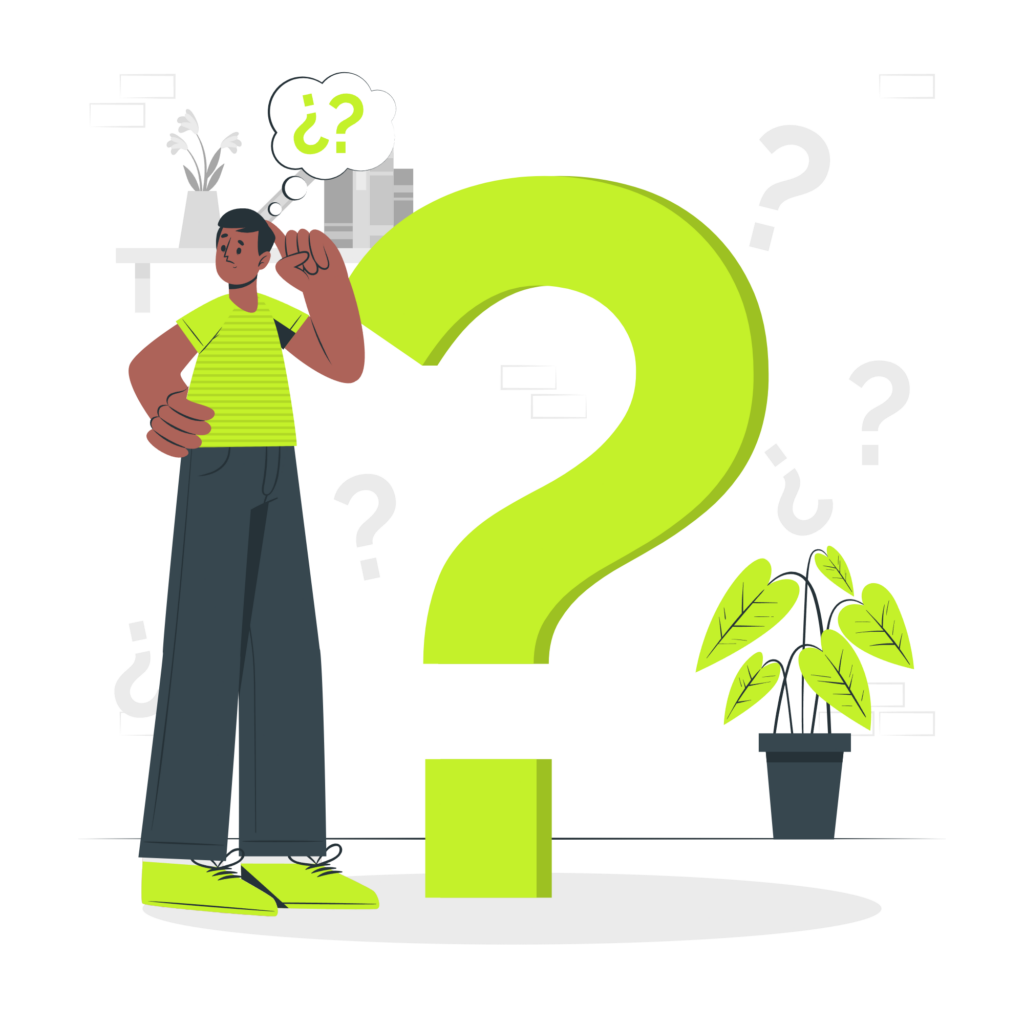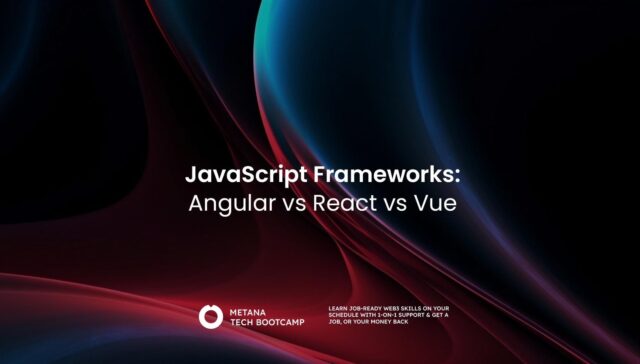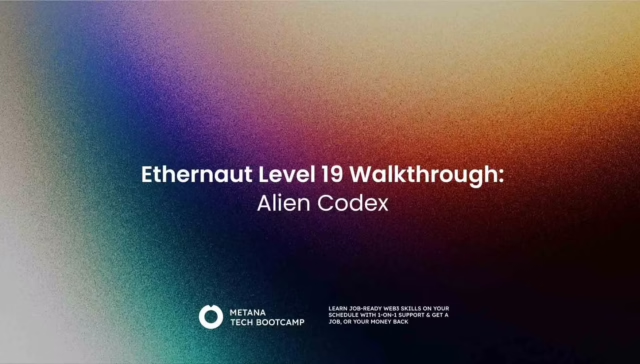Remember that strange feeling when an ad pops up for that exact pair of shoes you just peeked at online? Web2, the internet we know today, thrives on personalization, but at what cost? Our data, from browsing habits to social media musings, is collected and used to tailor our online experiences. It’s convenient, sure, but also a little spooky.
Enter Web3, a proposed future web where users control their data. Imagine a more democratic internet, where privacy reigns supreme. Intrigued? Let’s unpack Web2 vs Web3 and see how the way we interact online might be revolutionized.
What is Web2?
Web2 represents a significant evolution in the internet’s history, transitioning from static web pages to a dynamic and interactive environment. This era is characterized by user-generated content and the emergence of social platforms, where users transition from mere observers to active participants and creators.
Key Features of Web2
- Enhanced Interactivity: Web2 introduced a level of interactivity that allowed users to engage with content in various ways, such as commenting, liking, sharing, and creating their own content.
- Emergence of Social Media Giants: Platforms like Facebook and Twitter reshaped how we communicate, offering new public squares for discourse, commerce, and the exchange of ideas.
- Proliferation of User-Generated Content: The internet became a canvas for expression, with individuals sharing everything from written articles to videos, impacting culture and media consumption.
Noteworthy Challenges
- Data Privacy Issues: The commodification of personal data raises significant privacy concerns, as users’ information is often harvested without explicit consent.
- Censorship and Platform Control: The centralized nature of these platforms means that they have significant control over content, leading to potential censorship and a lack of transparency in content moderation.
- Limited User Control: The permanence of content on these platforms can lead to challenges in managing one’s digital footprint, as users often have limited control over their shared content.
While Web2 has undeniably fostered connectivity and innovation, it also presents challenges that prompt us to consider the next phase of the internet’s evolution. This reflection sets the stage for exploring Web3, which aims to address some of the inherent issues in Web2 while introducing new concepts and capabilities.
What is Web3?
Web3 isn’t just a new chapter; it’s an entirely new book in the saga of the internet. Picture a world where you’re not just a user but a stakeholder, where your data belongs to you, and where the word “decentralization” is the banner everyone marches under. That’s Web3 for you, leveraging blockchain technology to shift the power dynamics of the digital world.
Key Features of Web3?
- Decentralization at Its Core: Imagine an internet where no single entity, be it a tech giant or a government, holds the reins. Decentralization means the network is distributed, with power and control spread across its users.
- Blockchain Technology: At the heart of Web3 is blockchain, a kind of digital ledger that’s both secure and transparent. It’s like a public record that everyone can see but no one can tamper with.
- User Ownership: This new era is all about giving the control back to you. Your data, your content, your digital assets – they’re all yours, not some company’s.
The Perks of Going Decentralized
- Data Ownership: Say goodbye to the days when your data was someone else’s currency. In Web3, you own your data, and you decide who gets to use it and how.
- Censorship Resistance: With no central authority to dictate what’s seen and what’s silenced, Web3 offers a platform for true freedom of expression.
- Innovation Unleashed: The decentralized nature of Web3 paves the way for new kinds of applications and services that were previously unimaginable, fostering innovation and creativity.
Web3 isn’t just about improving the internet; it’s about reimagining it in a way that empowers its users. It’s a bold step toward a future where we all have a say in the digital world we inhabit.

Web2 vs Web3
Let’s peel back the layers and explore the fundamental contrasts between Web2 and Web3. It’s not just about who holds the power; it’s about how that power reshapes our digital lives.
Data Ownership:
- Web2: Here’s a familiar scenario: you post your favorite pictures on a social platform like Facebook. Feels like sharing with friends, right? But here’s the twist – the platform essentially owns that data. Your memories, neatly packaged in their digital vaults, aren’t entirely yours anymore.
- Web3: Flip the script with Web3. When you upload data, it’s yours, secured on a blockchain. It’s like having a digital safe where you’re the only one with the key. Your content, your rules.
Control & Censorship:
- Web2: Ever heard of shadowbanning? That’s Web2 for you. Platforms can invisibly control what gets seen and what lingers in the dark. It’s their playground, and they set the rules, often shaping your experience without your say.
- Web3: Imagine a world where the community holds the reins. Web3’s decentralized nature means no single entity can dictate what’s visible or sweep content under the rug. It’s democracy in action, digital style.
Applications & The Future:
- Web2: Our digital landscape is dominated by social media, e-commerce, and communication tools. These are the bread and butter of Web2, shaping our online interactions and commerce.
- Web3: Think bigger, think broader. Web3 isn’t just tweaking the existing; it’s about pioneering new realms. Decentralized finance (DeFi), true ownership in digital realms, and the Metaverse – these aren’t just buzzwords but the frontiers of Web3’s potential.
In essence, the shift from Web2 to Web3 is like moving from a rented apartment, where the landlord calls the shots, to your own home, where you hold the keys. It’s about regaining control, redefining ownership, and reshaping the future of digital interaction.
Conclusion
As we explore the contrasts between Web2 and Web3, we see a shift from a centralized, platform-driven web to a decentralized, user-empowered digital landscape. Web2 introduced us to the interactive internet, but with limitations on data ownership and control. In contrast, Web3 represents a transformative era where users regain control, emphasizing data security, ownership, and decentralized innovation.
The potential of Web3 in the “Web2 vs Web3” narrative is not just about technology but about reimagining a more equitable internet. It’s a future where users are not just participants but architects of their digital experience.
Embrace the shift from Web2 to Web3 and explore its endless possibilities. Your journey into understanding and contributing to this new digital era begins now. Be curious, dive deeper, and see how you can be part of this exciting transition.

FAQs
What is Web2?
- Web2, or the second generation of the internet, is characterized by user-generated content, usability, and participatory culture. It emphasizes social interaction and collaboration online.
What is Web3?
- Web3 represents the next phase of the internet, focusing on decentralization, blockchain technology, and enhanced user control and ownership over data and assets.
How does user control differ between Web2 and Web3?
- In Web2, companies control user data and platforms, whereas Web3 gives users ownership and control over their data and interactions through blockchain technology.
Why is data privacy more prominent in Web3?
- Web3’s emphasis on decentralization and blockchain ensures that users have greater control over their personal information, reducing reliance on central authorities for data security.
How does blockchain technology influence Web3?
- Blockchain is central to Web3, enabling decentralized applications, secure transactions, and user control over data and assets, distinguishing it from Web2’s centralized structures.
How has the internet evolved from Web1 to Web3?
- The internet has evolved from static Web1 pages to interactive Web2 platforms, and now to the decentralized, blockchain-based Web3, enhancing user control and data security.
What are decentralized applications (dApps)?
- dApps are applications that run on a blockchain or P2P network, offering enhanced security, transparency, and resistance to censorship compared to traditional applications.
How does Web3 impact online content ownership?
- Web3 enables users to have true ownership of their content and digital assets through blockchain technology, contrasting with Web2’s centralized control by platforms.
What is the significance of smart contracts in Web3?
- Smart contracts are self-executing contracts with the terms directly written into code, providing trust and transparency in transactions and interactions in the Web3 ecosystem.
How can individuals prepare for the transition from Web2 to Web3?
- Individuals can prepare by educating themselves on blockchain technology, experimenting with cryptocurrencies and dApps, and staying informed about the latest Web3 developments.




